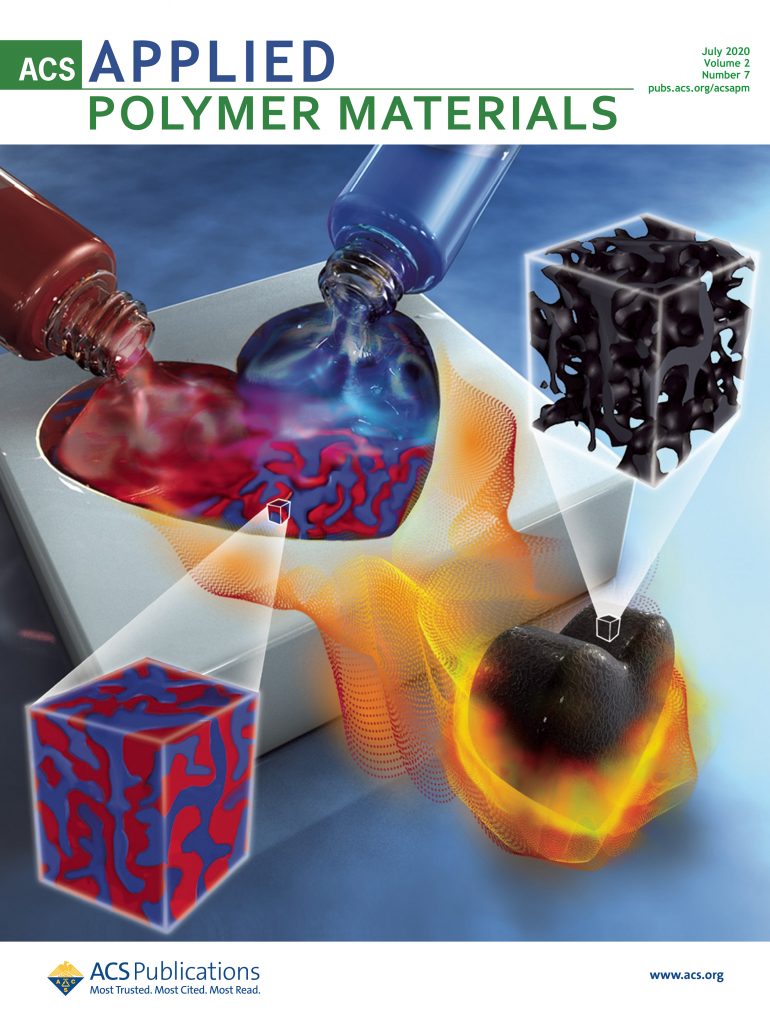为具有固体输送限制的材料设计颗粒形态:富锂和富锰阴极氧化物案例研究
IF 4.4
2区 化学
Q2 MATERIALS SCIENCE, MULTIDISCIPLINARY
引用次数: 0
摘要
富含锂和锰的镍锰钴氧化物(LMR-NMC)阴极具有高比容量、低成本和低钴含量的特点,是下一代电池的理想候选材料。然而,由于锂在阴极颗粒中的扩散限制,该材料的速率能力较差。要了解材料的性能,就必须仔细控制正极颗粒的形态,同时考虑到主要扩散途径和团聚扩散途径以及孔隙的存在,其中一些孔隙可能因电解质渗入而封闭。在本研究中,我们使用基于微观结构的数学模型并结合实验数据,来了解复杂的阴极颗粒形态在材料速率性能中的作用。在不同合成条件下制造的阴极会产生不同的团聚形态,扫描电子显微镜图像可作为数学模型的输入。然后将模型与速率数据进行比较,以了解控制参数。在理想条件下,初级粒子以开放和分散的方式团聚,整个界面区域都可用于电化学反应,相比之下,团聚体内部封闭孔隙的存在导致团聚体扩散长度较大。较小的原生粒子和团聚体扩散长度可带来更好的电化学性能。这就告诉我们,在设计阴极颗粒形态时,既要弥补 LMR-NMC 的扩散限制,又要最大限度地提高密度。本文章由计算机程序翻译,如有差异,请以英文原文为准。

Designing Particle Morphologies for Materials with Solid Transport Limitations: A Case Study of Lithium and Manganese Rich Cathode Oxides
A lithium and manganese rich nickel–manganese–cobalt oxide (LMR-NMC) cathode is a promising candidate for next-generation batteries due to its high specific capacity, low cost, and low cobalt content. However, the material suffers from poor rate capability due to the diffusion limitations of lithium in the cathode particles. Understanding the material performance requires careful control of the morphology of the cathode particles, taking into account the primary and agglomerated diffusion pathways and the presence of pores, some of which could be closed from electrolyte infiltration. In this study, we use a microstructure-based mathematical model combined with experimental data to understand the role of the complex cathode particle morphology in the rate performance of the material. Scanning electron microscopy images of cathodes made under different synthesis conditions, which results in different agglomerate morphologies, serve as the input into the mathematical model. The model is then compared to rate data to understand the controlling parameters. The presence of intra-agglomerate closed pores results in a large agglomerate diffusion length in comparison to the ideal condition, where the primary particles are agglomerated in an open and dispersed manner such that the entire interfacial area is available for electrochemical reaction. Smaller primary and agglomerate diffusion lengths result in better electrochemical performance. This points us toward designing the morphology of the cathode particles to compensate for the diffusion limitation of LMR-NMC while maximizing the density.
求助全文
通过发布文献求助,成功后即可免费获取论文全文。
去求助
来源期刊

ACS Applied Polymer Materials
Multiple-
CiteScore
7.20
自引率
6.00%
发文量
810
期刊介绍:
ACS Applied Polymer Materials is an interdisciplinary journal publishing original research covering all aspects of engineering, chemistry, physics, and biology relevant to applications of polymers.
The journal is devoted to reports of new and original experimental and theoretical research of an applied nature that integrates fundamental knowledge in the areas of materials, engineering, physics, bioscience, polymer science and chemistry into important polymer applications. The journal is specifically interested in work that addresses relationships among structure, processing, morphology, chemistry, properties, and function as well as work that provide insights into mechanisms critical to the performance of the polymer for applications.
 求助内容:
求助内容: 应助结果提醒方式:
应助结果提醒方式:


